Chinese scientists made record-breaking progress in realizing quantum states transmission between two ground stations over 1,200 kilometers apart via a quantum scientific experiment satellite, signalling a giant step towards constructing a global quantum information processing and communication network.
The experiment was led by Pan Jianwei, physics professor from the University of Science and Technology of China, and the related paper co-authored by Pan and his team members was then published in the international journal of Physical Review Letters on April 26.
Long-distance quantum states transmission
The long-distance quantum states transmission (QST), usually being realized by quantum teleportation, is one of the major approaches for building quantum communication networks and an essential requirement for realizing multiple quantum information processing tasks.
Assisted by long-distance quantum entanglement distribution, quantum states can be measured and then restructured to achieve long-distance transmission, with the transmission distance theoretically being infinite.
As the distance and quality of quantum entanglement distribution are affected by channel loss, decoherence and other factors, how to break the transmission distance limit has always been one of scientists' biggest concerns.
Using satellite-carried entanglement sources to distribute entanglement to two remote places and then preparing and restructuring quantum states is one of the most feasible ways to achieve long-distance quantum states transmission.
Nevertheless, due to the atmospheric turbulence, it is very hard to measure the quantum states based on quantum interference after photons propagate in the atmospheric channel.
In previous experiments, as producers of quantum states transmission were all owners of quantum entanglement sources, it was impossible to use entanglement provided by a third party to realize prior distribution and follow-up transmission of quantum states in a real sense.
China launches world's first quantum satellite
China launched the world's first quantum satellite known as the Quantum Experiments at Space Scale (QUESS), nicknamed "Micius" after an ancient Chinese philosopher, on August 16, 2016. Not until then, did the research team first realize entanglement and distribution between two different stations more than 1,000 kilometers apart with the Micius platform providing valuable entanglement distribution resources for quantum communication experiments.
In efforts to overcome quantum light interference following long-distance turbulent atmospheric transmission, the experimental team developed an optical interferometer with ultra-high stability, by optical integration bonding technology which can remain stable for a long period of time without active loop closure.
The technological breakthrough combines the quantum teleportation scheme based on two-photon path-polarization mixed entangled state. The long distance quantum states transmission between the Lijiang station in southwest China's Yunnan Province and the Delingha ground station in northwest China's Qinghai Province, which are 1,200 kilometers apart, was finally verified.
In this successful experiment, a total of six typical quantum states were verified, and the transmission fidelity surpassed the classical limit.













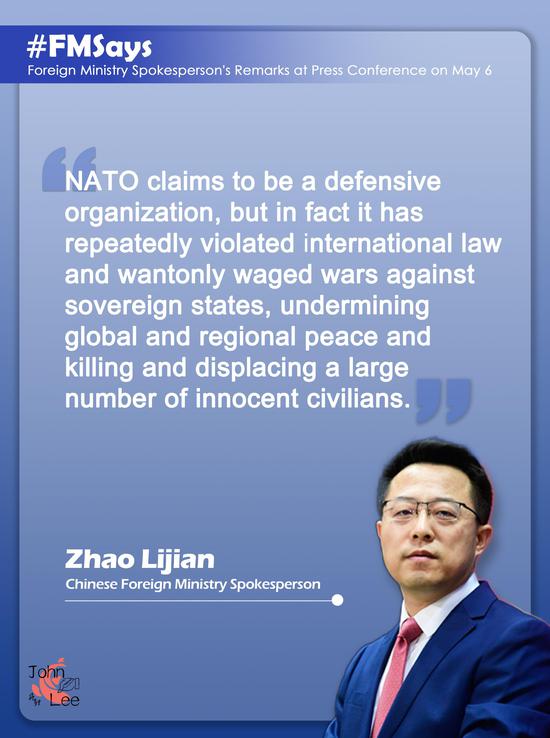
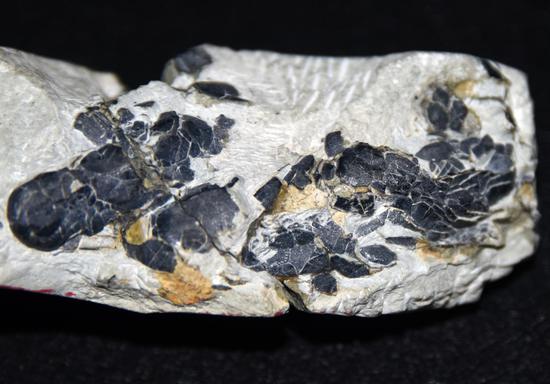

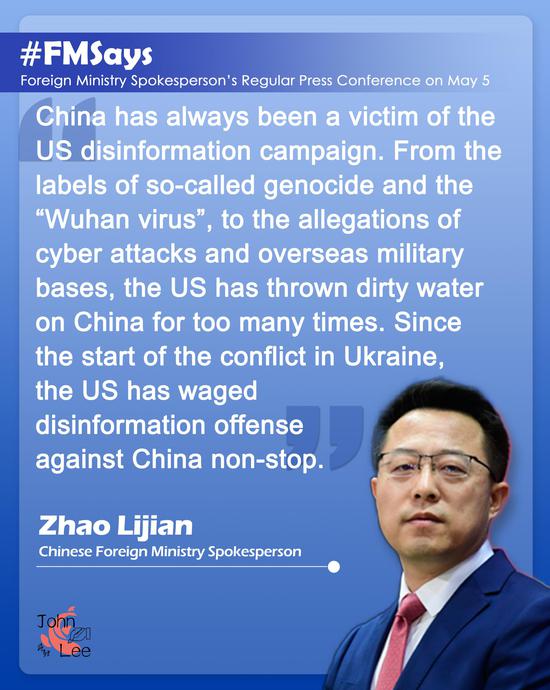








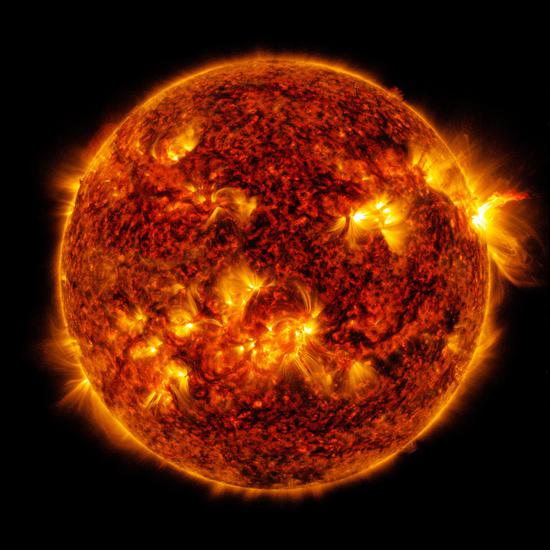
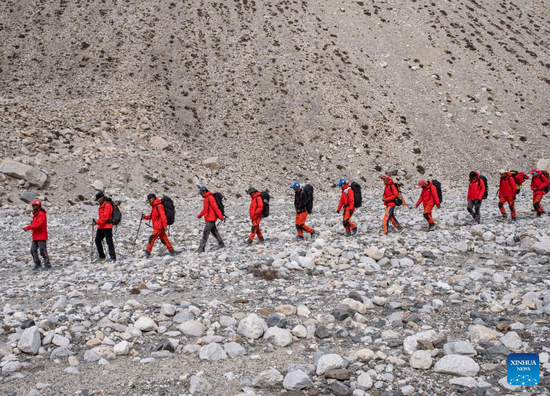
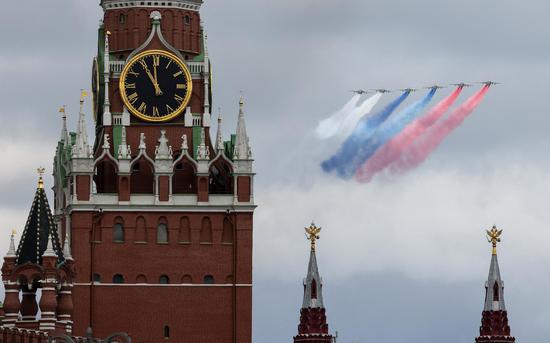

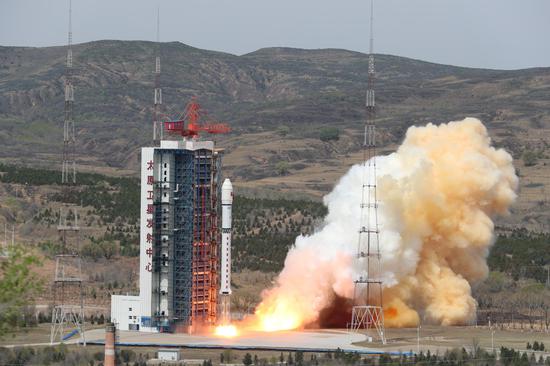


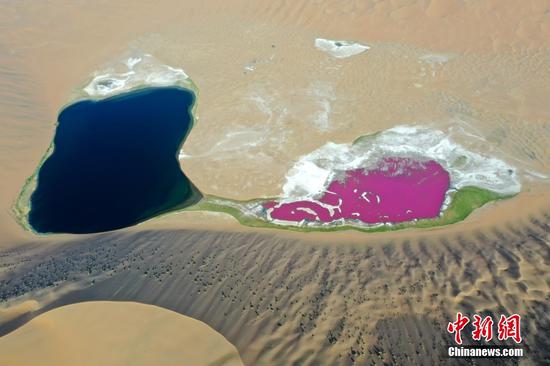



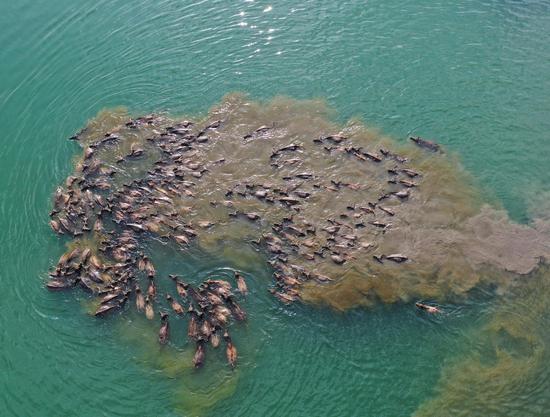
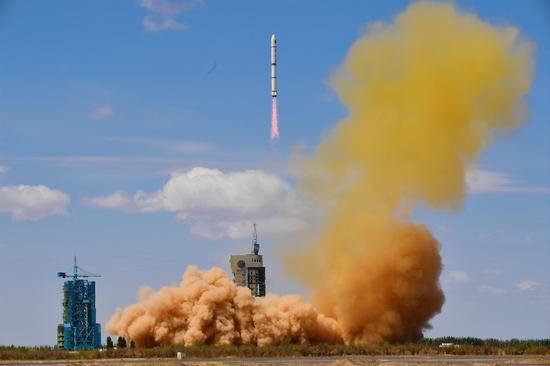

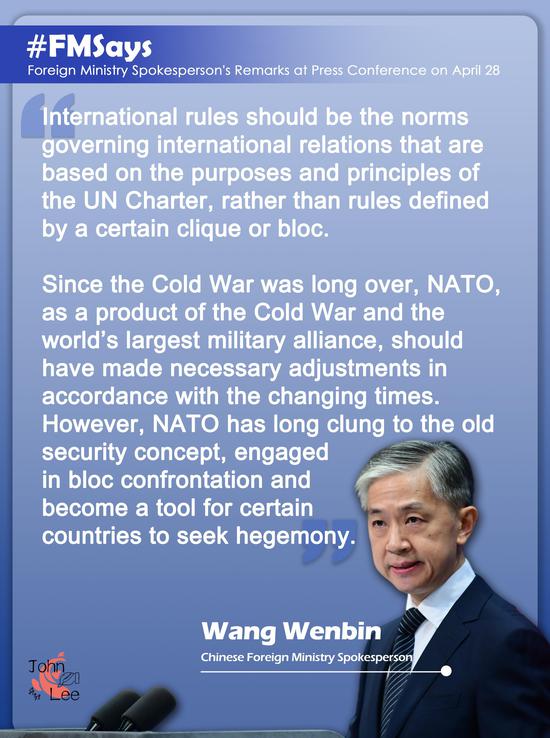
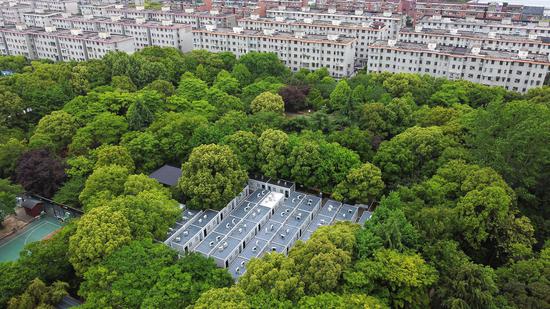
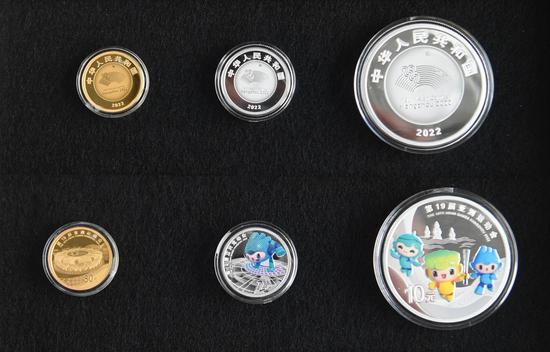
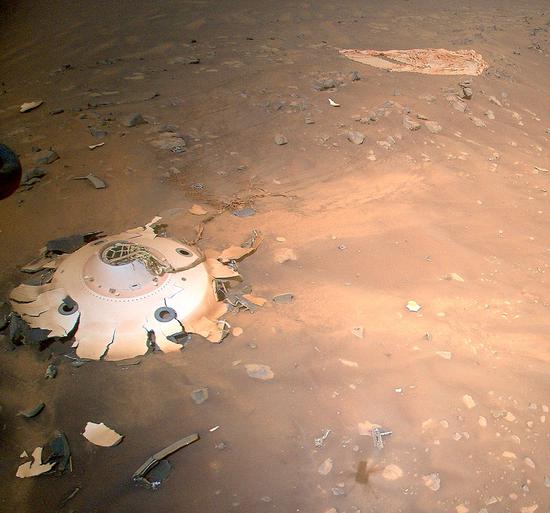

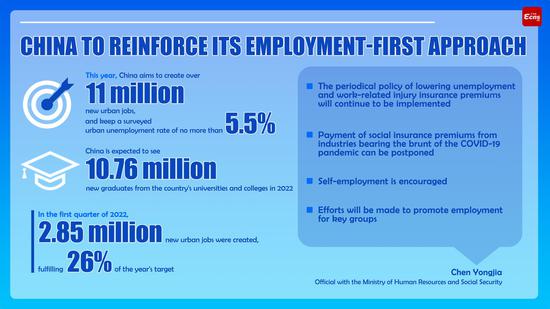

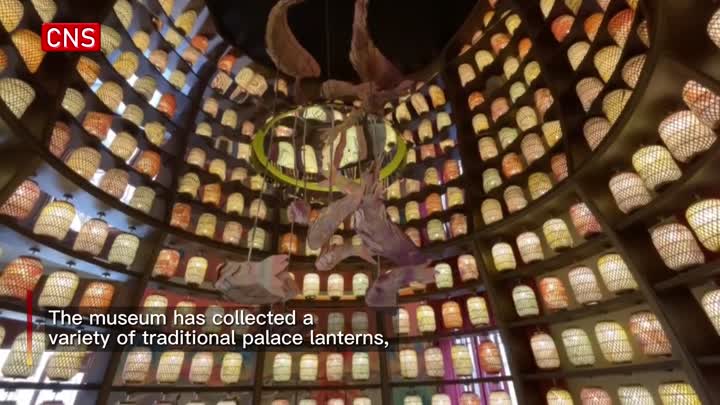

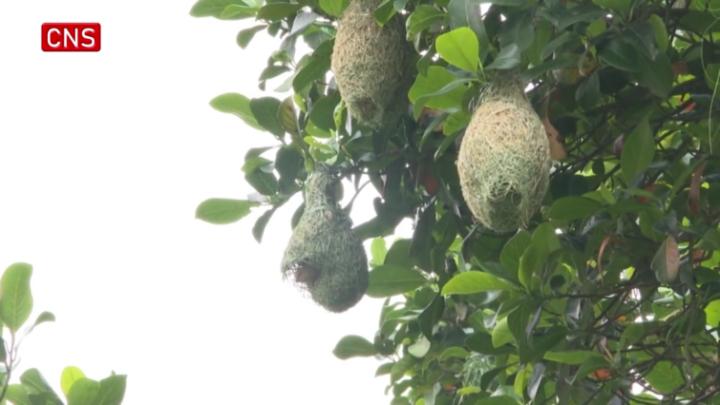

 京公网安备 11010202009201号
京公网安备 11010202009201号